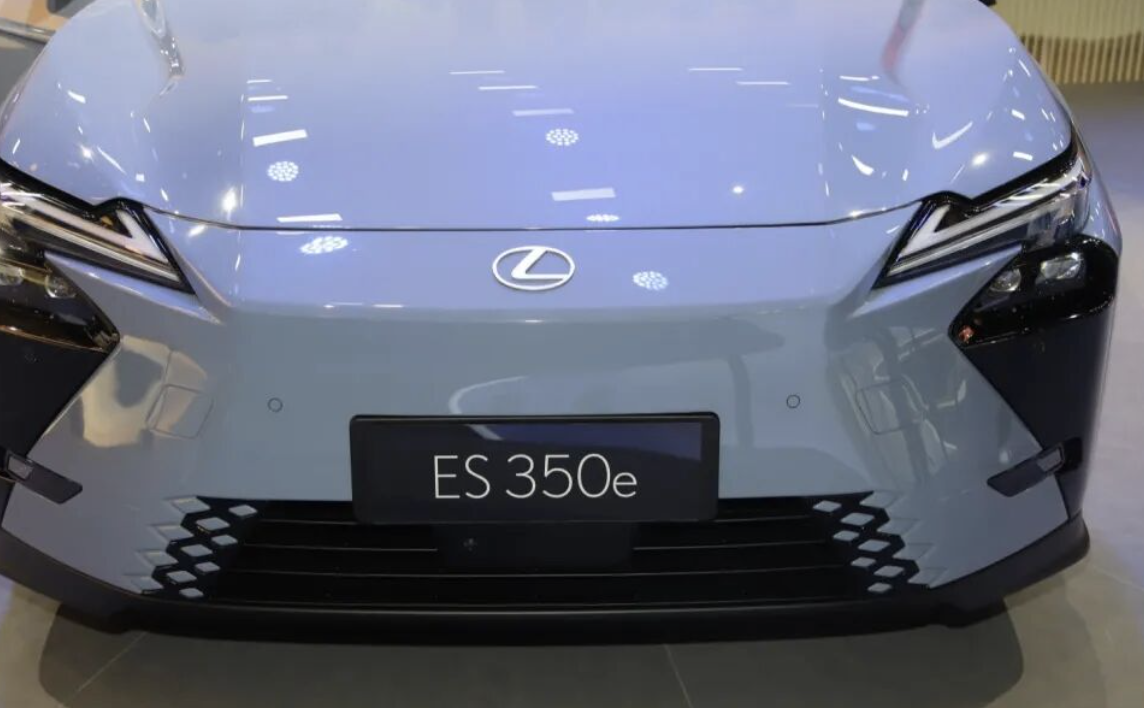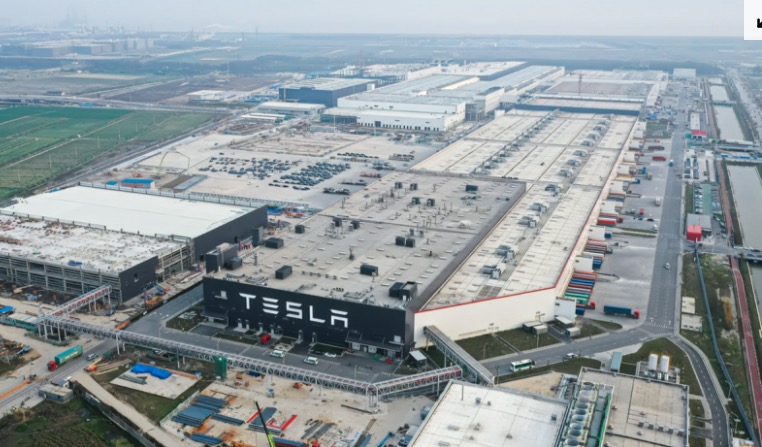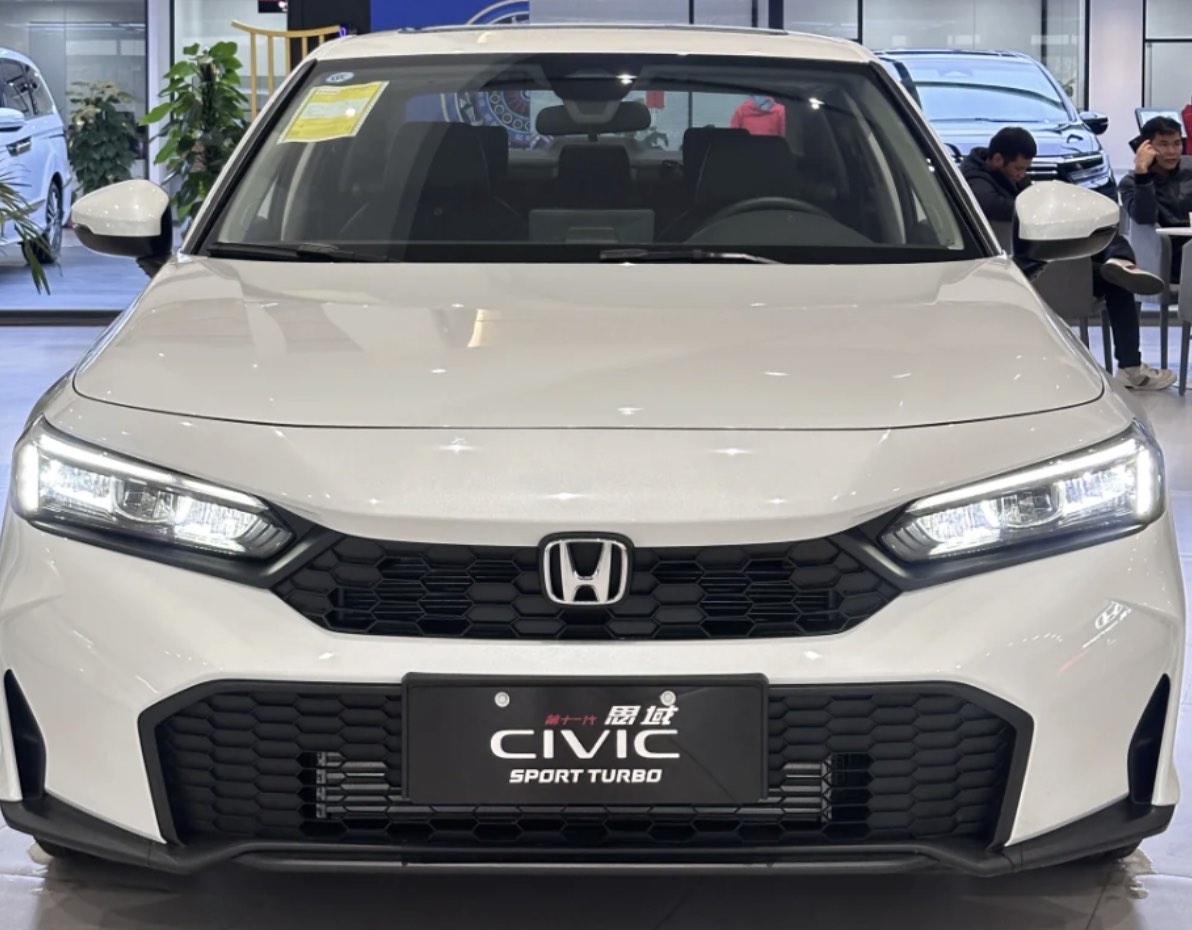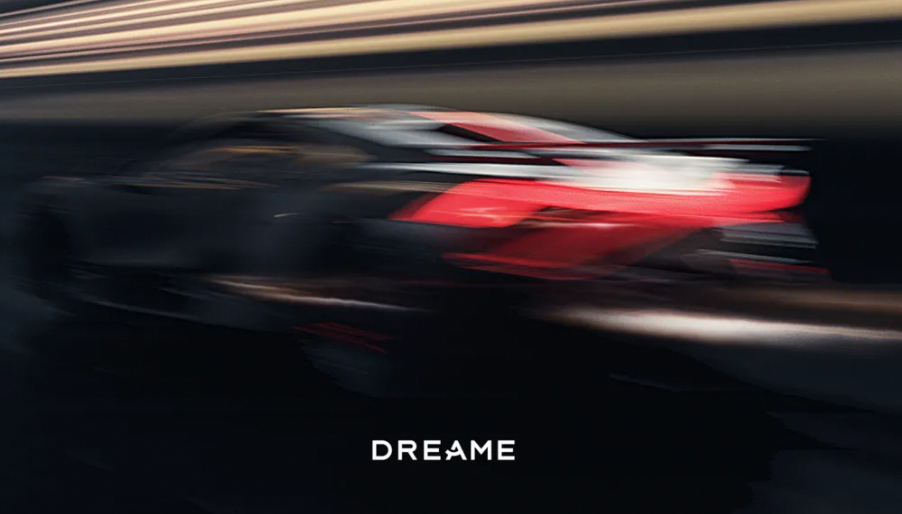On September 26th, the China Passenger Car Association (CPCA) released the sales data for imported vehicles in August and the first eight months of 2025. According to the data, in August 2025, the sales of imported vehicles totaled 46,000 units, representing a 40% year-on-year decrease and an 8% month-on-month decrease. From January to August 2025, the cumulative sales of imported vehicles in China reached 320,000 units, a 33% year-on-year decrease.
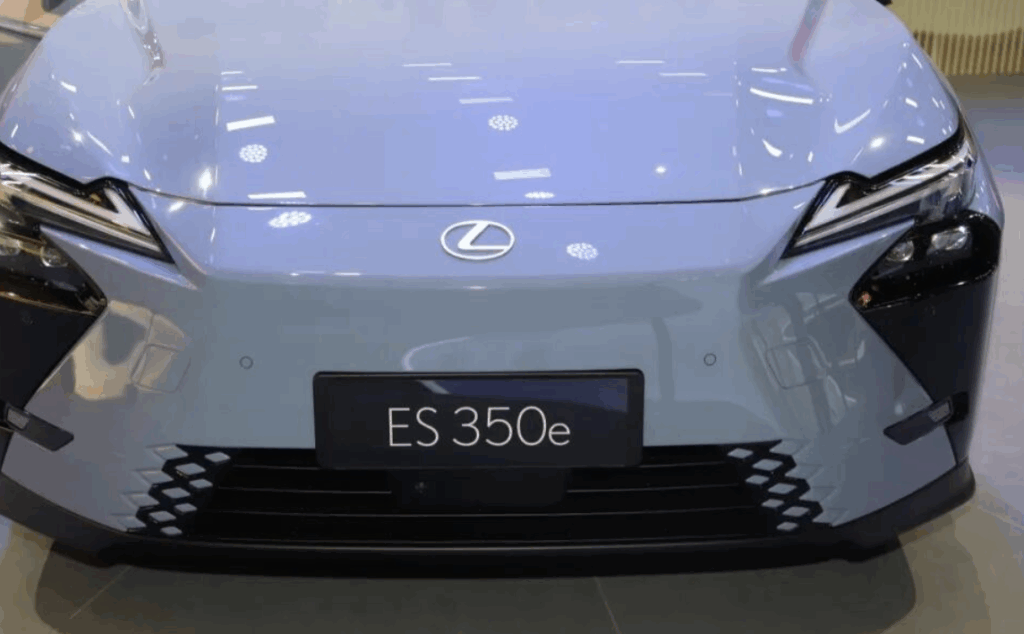
Let’s first take a look at the sales performance by country. In August, the top three countries in terms of import volume were Japan, Germany, and Slovakia, with import sales of 22,800, 8,900, and 4,500 vehicles, respectively, showing year-on-year declines of 23%, 53%, and 56%. The UK ranked fourth with 3,500 units, a 10% year-on-year increase. The US fell to fifth place, with an import volume of 2,900 units, a 65% year-on-year decline. In addition, Sweden, Hungary, and Austria also saw year-on-year declines of 18%, 75%, and 89%, with import sales of 1,500, 295, and 182 units, respectively. Mexico and India also entered the top ten, with import sales of 423 and 100 units, reflecting year-on-year increases of 3% and 1,329%, respectively. While India’s year-on-year growth is impressive, its market share remains low.
For the first eight months of 2025, the top five countries in import sales were Japan, Germany, the US, Slovakia, and the UK, with import sales of 125,400, 68,900, 40,300, 39,400, and 26,100 units, respectively, reflecting year-on-year declines of 15%, 46%, 48%, 11%, and 18%. Additionally, Sweden, Mexico, Austria, Hungary, and South Korea had import sales of 7,500, 2,900, 2,000, 1,400, and 805 units, with year-on-year declines of 48%, 32%, 77%, 78%, and 80%, respectively.
Next, let’s look at the performance of luxury brands. In August, the top three luxury brands in terms of import sales were Lexus, Mercedes-Benz, and BMW, with import sales of 15,300, 7,000, and 4,800 units, respectively, showing year-on-year declines of 3%, 48%, and 53%. Porsche, Land Rover, and Audi followed closely, with import sales of 3,500, 3,200, and 1,900 units, reflecting year-on-year declines of 28%, 18%, and 48%. Volvo, MINI, Lincoln, and Jaguar also experienced year-on-year declines, with import sales of 1,100, 688, 26, and 11 units, respectively.
Looking at specific models, according to the sales data from Yiche, the best-selling imported model in August was still the Lexus ES, with 10,200 units sold. The Lexus RX and Lexus NX also made the top five, with sales of 2,700 and 1,500 units, respectively. The Mercedes-Benz GLE and Porsche Cayenne ranked third and fifth, with sales of 2,400 and 1,400 units, respectively. Other models in the top ten included the BMW 4 Series, Land Rover Defender, Range Rover, Porsche Panamera, and Mercedes-Maybach S-Class, with sales of 1,400, 1,300, 1,200, 1,100, and 945 units, respectively.
For the first eight months of the year, Lexus, Mercedes-Benz, BMW, Land Rover, Porsche, and Audi all achieved import sales of over 10,000 units, with cumulative sales of 122,800, 65,300, 43,500, 28,200, 27,200, and 21,600 units, respectively. However, only Lexus saw a year-on-year increase, with a growth of 4%, while the other five luxury brands experienced year-on-year declines of 30%, 63%, 14%, 24%, and 40%. Additionally, Volvo, MINI, Lincoln, and Jaguar had cumulative import sales of 9,200, 5,700, 247, and 242 units, respectively.
As for the specific models in the first eight months, according to Yiche’s data, the top five imported models were the Lexus ES, Lexus RX, Mercedes-Benz GLE, Lexus NX, and Range Rover, all with sales in the ten-thousand range, totaling 79,100, 22,000, 21,400, 12,600, and 11,800 units, respectively. Other models such as the BMW 4 Series, Porsche Cayenne, and Land Rover Defender also achieved sales in the ten-thousand range, with 11,000, 10,900, and 10,000 units, respectively. The Audi Q7 and Toyota Alphard also made the top ten, with cumulative sales of 8,300 and 7,900 units, respectively.
Lastly, for the ultra-luxury brands, Bentley had the highest import sales in August, with 136 units, though this represented an 11% year-on-year decrease. Maserati followed with 135 units, showing a 48% year-on-year increase. Rolls-Royce, Ferrari, Lamborghini, Aston Martin, and McLaren had import sales of 58, 51, 30, 20, and 1 unit, with Rolls-Royce seeing a 32% year-on-year increase. For the first eight months of the year, Bentley, Maserati, Ferrari, Rolls-Royce, Lamborghini, Aston Martin, and McLaren had cumulative import sales of 1,372, 940, 511, 456, 256, 197, and 33 units, respectively.
Overall, in the first eight months of 2025, Japan, Germany, and the US remain the top three countries of origin for imported vehicles in China, and the majority of imported vehicles come from luxury brands. However, with more imported vehicles being localized in China and domestic new energy vehicle brands rapidly expanding into the luxury market, the market for imported non-luxury and joint-venture brand vehicles has seen a sharp decline. Industry experts believe that with the rise of new energy vehicles, the continuous development of domestic brands, and the acceleration of the localization of international brands, the market share of imported vehicles in China may further decrease in the future. However, this does not mean that imported vehicles will be eliminated from the market. Based on current development trends, imported vehicles still have significant growth potential. Of course, in the context of the rise of domestic vehicles and accelerated localization of international brands, imported vehicles will need innovation and transformation to adapt to market changes.
